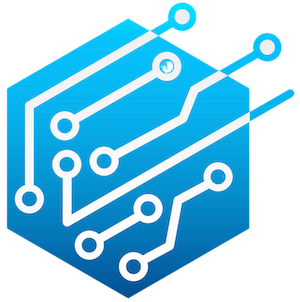Over the past four decades, technological innovation has become a central pillar of educational reform. From early computer donations to the expansion of internet access, schools have increasingly relied on digital devices to enhance learning. Companies like Apple have not only contributed hardware but have also championed policies to embed technology into the educational ecosystem. Their donations and lobbying efforts aimed to make computers accessible to all students, gradually transforming the classroom landscape. The progress is undeniable: the ratio of computers to students improved dramatically—from nearly one device for every 92 students in 1984 to a roughly 1:4 ratio by 2008. By 2021, the vast majority of schools reported providing at least one digital learning device per student, signaling an era where technology is woven into daily academic routines. This shift has democratized access to information and often promised to prepare students for a digital economy. In theory, the integration of interactive whiteboards and internet connectivity aimed to make lessons more engaging, collaborative, and resource-rich.
The Double-Edged Sword of Digital Adoption
Despite the enthusiasm surrounding technology’s role in education, the journey has not been without significant skepticism and concern. Critics argue that an overemphasis on gadgets and digital platforms risks diverting attention from foundational skills and meaningful learning. A vocal minority, including education scholars like A. Daniel Peck, warns that the industry-driven push for high-tech classrooms may be more about technology adoption for its own sake than genuine educational benefit. The concern is that the proliferation of computers, whiteboards, and internet access is diluting fundamental skills such as literacy and critical thinking. There is a palpable fear that educators, influenced by the technological frenzy, could abandon essential pedagogical principles in favor of flashy gadgets. While these tools might offer short-term engagement, their long-term impact on cognitive development and academic achievement remains controversial. Critics caution that the focus on digital tools could marginalize teacher-led instruction and stifle interactive, student-centered learning.
Cost, Implementation, and Unintended Consequences
Financial considerations have added layers of complexity to the digital revolution in schools. The high price of interactive whiteboards—ranging from hundreds to thousands of dollars per unit—raises questions about the value and efficiency of such investments. While proponents suggest these tools foster collaboration and visual learning, detractors argue that the funds could be better allocated toward affordable devices like laptops or tablets that promote personalized learning. The internet’s integration into classrooms, driven by initiatives like the FCC’s E-Rate program, initially promised to bridge the digital divide but has also attracted criticism. The rapid increase in internet access—from a mere 3 percent in 1994 to 87 percent in 2001—was propelled by government subsidies and private investments. However, the digital expansion has also introduced challenges related to digital security, distraction, and unequal access. Some educators and policymakers remain skeptical about whether these investments truly translate into improved student outcomes or if they simply perpetuate a cycle of spending without measurable benefit. Amid this landscape, debates continue about balancing technological progress with the core mission of education—developing competent, reflective, and skilled individuals.
Balancing Innovation with Prudence
The infusion of technology into education is undoubtedly a positive development when guided by thoughtful implementation. Yet, history demonstrates that the speed and scale of adoption can outpace critical evaluation. The arrival of the internet and other digital tools promised to revolutionize learning but also exposed the risks of technology-driven hype. While the internet has become a vital resource, excessive reliance on digital communication and information can sometimes hinder social skills and depth of understanding. Schools must navigate these waters carefully, embracing innovation while maintaining a focus on pedagogical integrity. It’s imperative that educators, administrators, and policymakers develop a nuanced understanding of when and how technology enhances learning rather than detracts from it. Innovation should serve as a supplement, not a substitute, for robust teaching practices and fundamental skill development. The challenge moving forward is to harness the genuine potential of technology without falling victim to superficial trends or unintended consequences that threaten to undermine the core values of education.


Leave a Reply